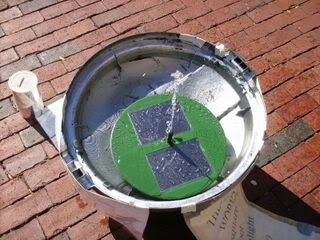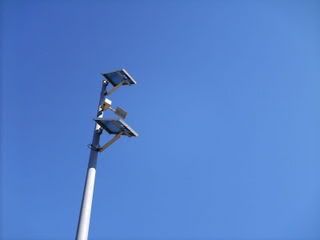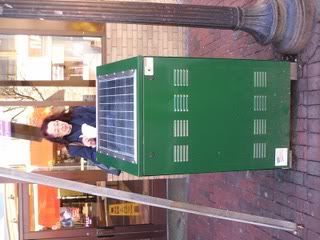Using data compiled from the original records of twelve PV manufacturers, we quantified the emissions from the life cycle of four major commercial photovoltaic technologies and showed that they are insignificant in comparison to the emissions that they replace when introduced in average European and U.S. grids. According to our analysis, replacing grid electricity with central PV systems presents significant environmental benefits, which for CdTe PV amounts to 89–98% reductions of GHG emissions, criteria pollutants, heavy metals, and radioactive species. For roof-top dispersed installations, such pollution reductions are expected to be even greater as the loads on the transmission and distribution networks are reduced, and part of the emissions related to the life cycle of these networks are avoided.
It is interesting that emissions of heavy metals are greatly reduced even for the types of PV technologies that make direct use of related compounds. For example the emissions of Cd from the life cycle of CdTe PV are 90−300 times lower than those from coal power plants with optimally functioning particulate control devices. In fact, life-cycle Cd emissions are even lower in CdTe PV than in crystalline Si PV, because the former use less energy in their life cycle than the later. In general, thin-film photovoltaics require less energy in their manufacturing than crystalline Si photovoltaics, and this translates to lower emissions of heavy metals, SOx, NOx, PM, and CO2. In any case, emissions from any type of PV system are expected to be lower than those from conventional energy systems because PV does not require fuel to operate. PV technologies provide the benefits of significantly curbing air emissions harmful to human and ecological health. It is noted that the environmental profiles of photovoltaics are further improving as efficiencies and material utilization rates increase and this kind of analysis needs to be updated periodically. Also, future very large penetrations of PV would alter the grid composition and this has to be accounted for in future analyses.
The four types of PV examined were multicrystalline silicon, monocrystalline silicon, ribbon silicon, and thin-film cadmium telluride.
Cadmium telluride was best overall but
At least 89% of air emissions associated with electricity generation could be prevented if electricity from photovoltaics displaces electricity from the grid.
The estimated energy payback time (EPBT) for PV ranges from 6 years to 1.1 years, depending upon the type of PV, the insolation, and the installation. PV panels are usually rated to have a lifetime of 25 to 30 years. Now you know what to say when anybody questions whether PV's produce more energy than it takes to make them.
originally posted at http://www.dailykos.com/storyonly/2008/2/28/232952/333/722/466075











